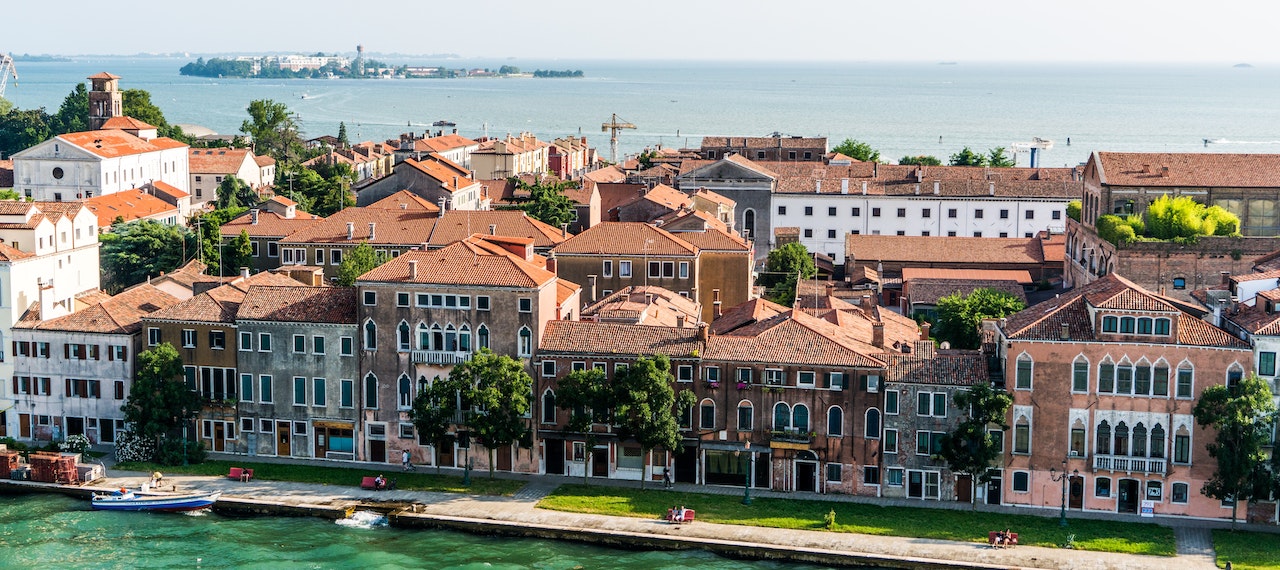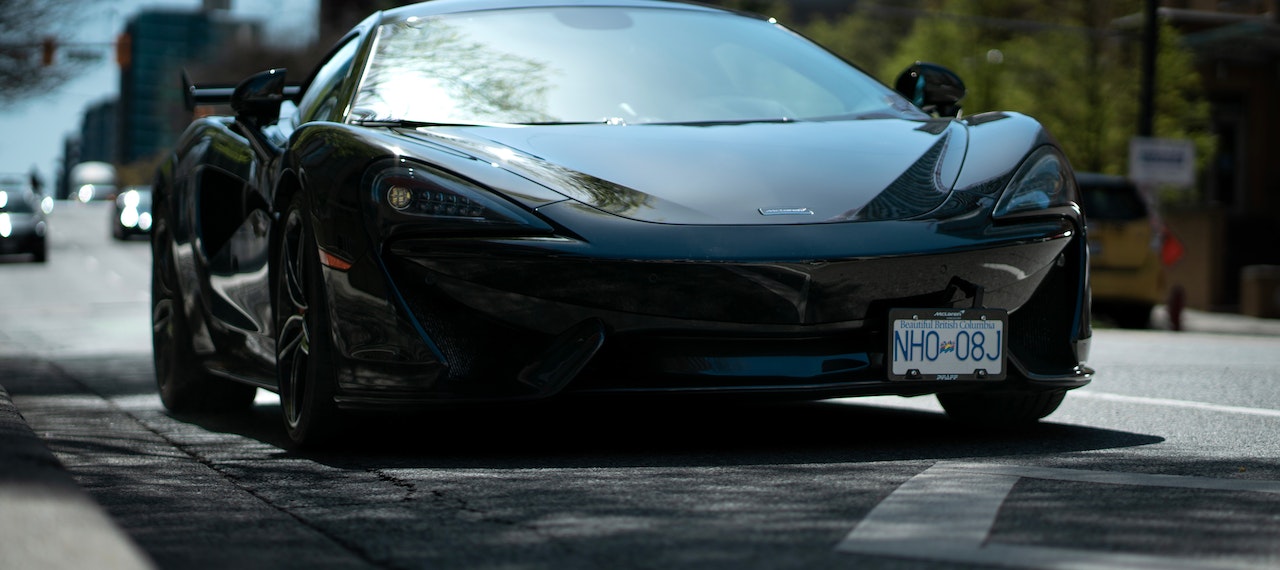When it comes to planning a trip to Europe, timing is crucial. Understanding the rhythms of the travel season can significantly impact your experience, particularly regarding the availability and cost of activities, flights, car rentals, and hotels. This guide will help you determine the best season to rent a car and stay in hotels in Europe.
Understanding Europe's Seasons
European seasons differ in terms of weather, crowd density, and cost. Generally, they can be categorized into three: high (summer), low (winter), and shoulder (spring and autumn).
1. High Season (June - August)
The summer months of June through August are Europe's high season. The weather is at its warmest and longest, translating into more daylight hours for exploration. However, with this convenience comes larger crowds, higher prices, and sometimes scarce availability. This season isn't the best to rent a car or book a hotel if you're looking for cost-effective options.
2. Low Season (November - March)
From November through March, Europe enters its low season. Many travelers shy away during this time due to colder weather and shorter days. The upside is significantly lower prices for car rentals and hotel bookings, and you'll encounter fewer tourists. The downside? Some tourist sites may have limited hours or might even close for the season.
3. Shoulder Season (April - May, September - October)
These months bridge the gap between the high and low seasons, offering a blend of reasonable prices, good weather, and fewer crowds. This is often considered the best time to visit Europe if you’re looking for a balance between affordability and activity availability.
Guide to Car Rentals and Hotel Bookings in Europe
Car Rentals
High Season: During the summer, demand for rental cars skyrockets, leading to high prices and limited vehicle availability. It's advisable to book your rental car well in advance if you choose to travel during this time.
Low Season: Car rentals can be considerably cheaper during the winter months. Keep in mind, though, that you may need to rent a car equipped for winter driving, which can add to the cost.
Shoulder Season: This is often the best time to rent a car in Europe. You can find good deals, availability is typically better, and the driving conditions are generally favorable.
Hotel Bookings
High Season: Expect higher rates and less room availability during the summer. Again, early booking is essential to secure a good deal.
Low Season: Winter provides opportunities for significant savings on hotels. Plus, lower tourist numbers mean you’ll have more options to choose from.
Shoulder Season: Hotels during these months offer moderate rates. Additionally, fewer tourists translate into more choices and the opportunity to enjoy a less rushed, more authentic experience.
Flight and Activity Planning
Coordinating flights and activities with car rentals and hotel bookings is crucial for a smooth trip. The high season sees increased flight prices but also offers the most festivals and outdoor activities. The low season features cheaper flights but fewer activities. The shoulder season strikes a balance between reasonable flight costs and a good variety of activities.
Remember, flexibility in your planning can yield significant savings and improve your overall travel experience.
To determine the best season to rent a car and stay in hotels in Europe, you need to balance various factors, including costs, weather conditions, crowd density, and activity availability. For the most balanced experience, the shoulder season of April-May and September-October is often your best bet.

.png)
.jpg)




.jpg)
